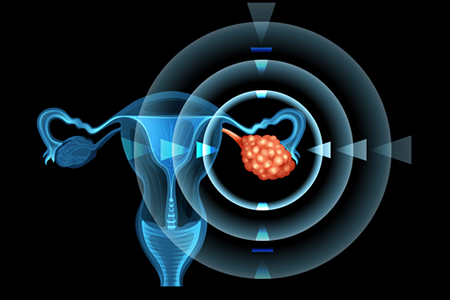For the first time, researchers in Japan have created human eggs from stem cells, which could potentially be used to help women who are unable to create their own eggs due to infertility.
The research is still in the early stages, and the eggs that were created were too immature to be fertilized, although the research has been hailed as an important step, albeit a controversial one. The creation of eggs from stem cells in the lab raises several ethical issues.
This is not the first time that scientists have created eggs from stem cells, as researchers at Kyoto University successfully created mature mouse eggs and sperm from stem cells, which were subsequently used to breed healthy mouse pups. However, this is the first time that human eggs have been created in this way.
The same team of researchers, led by Mitinori Saitou, used standard methods to create human induced pluripotent stem cells (IPSCs) from blood cells, reverting mature blood cells to an embryonic stem-cell like state. It was the next stage of the process which has caused scientists the greatest problems. Using the correct factors to get IPSCs to differentiate into egg cells.
To do this, the researchers created tiny artificial ovaries created from mouse embryonic cells. The IPSCs were then grown into primordial germ cell-like cells (hPGCLCs) in an incubator over a period of around 4 months. According to the researchers, “The hPGCLC-derived oogonia display hallmarks of epigenetic reprogramming, i.e., genome-wide DNA demethylation, imprint erasure, and extinguishment of aberrant DNA methylation in hPSCs, and acquire an immediate precursory state for meiotic recombination.”
Having created immature eggs cells, the next step for the researchers is to mature those cells to create viable human egg cells and to also make human sperm from stem cells using a similar technique. The aim is to use both to create viable fertilized egg cells. Since stem cells can be created from blood or skin cells harvested from couples, the resultant eggs and sperm will contain both parents’ DNA. The whole process of creating eggs and sperm and using both to create a fertilized egg will take place in the lab in an incubator. The egg can then be transplanted into the mother and pregnancy can continue naturally.
In addition to helping infertile couples have babies using their own cells, the technique could help gay couples reproduce using stem cells induced from their own blood or skin cells.
The research is detailed in the paper – Generation of human oogonia from induced pluripotent stem cells in vitro – which was recently published in the journal Science: DOI: 10.1126/science.aat1674
